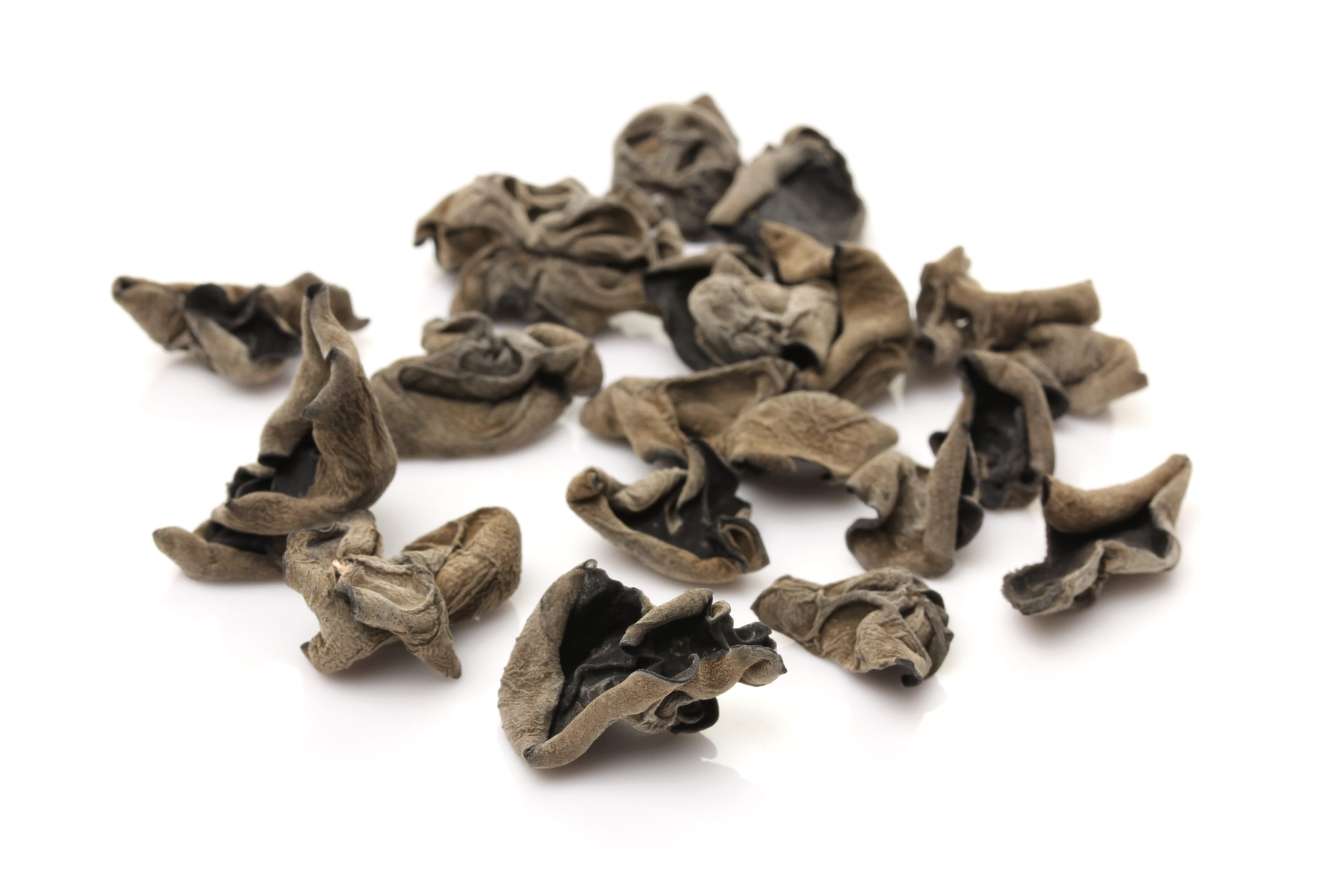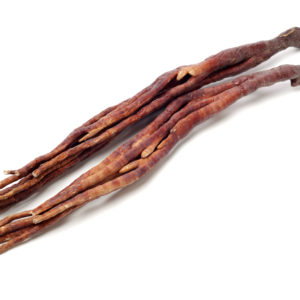Wood Ear Mushrooms (Auricularia Auricula-judae), meaning Judas’s ear, are native to Asia and can also be found on a few Pacific Islands and grow wild from early summer through early winter. Wood Ear mushrooms have been used both in cooking and in medicine in China Since the Tang Dynasty(618-907 BCE). It has a chewey yet crunchy texture that can easily add a new and exciting sensation to any drab soup or salad. It is very popular in soups and stir frys because, while it doesn’t really have a flavor of its own, it does great job of absorbing the flavor of what it is prepared in while also cutting down the spiciness. Recipies that normally feature Wood Ear mushrooms are mu shu pork, hot and sour soup, and Thai mushroom fried rice.
Wood Ears have been presumed to improve breathing, circulation, sore throats, and wellbeing, and to help reduce symptoms of colds and fever. They also contain plant-based collagen which stop wrinkles and act as a supplemnt to slow effects of aging.
Scientific Name | Auricularia Auricula-judae |
|---|---|
Common Names | Cloud Ear, Tree Ear, Black fungus, and Jelly Ear, Yung ngo, Kikurage, Mokurage, Aragekikurage. |
Origin | Morris County NJ, USA |
Shelf Life | 12 months |
Flavor | Chewy texture and absorbs the flavor of what it is prepared in |
Recommended Uses | Cooking and medicinal |
Cooking Suggestions | Add to soups or stirfry's to cut down the spice |
Nutrients | Per 4 ounces: 376 calories, 20g of carbs, 12g of protein |
Presumed Medical Benefits | Improves breathing, circulation, sore throats,overall wellbeing, and helps reduce colds and fevers |
Allergy Information | None Known |






Reviews
There are no reviews yet.